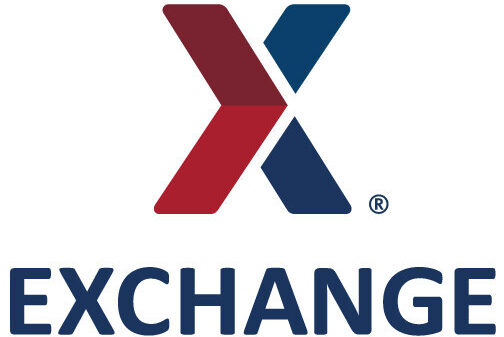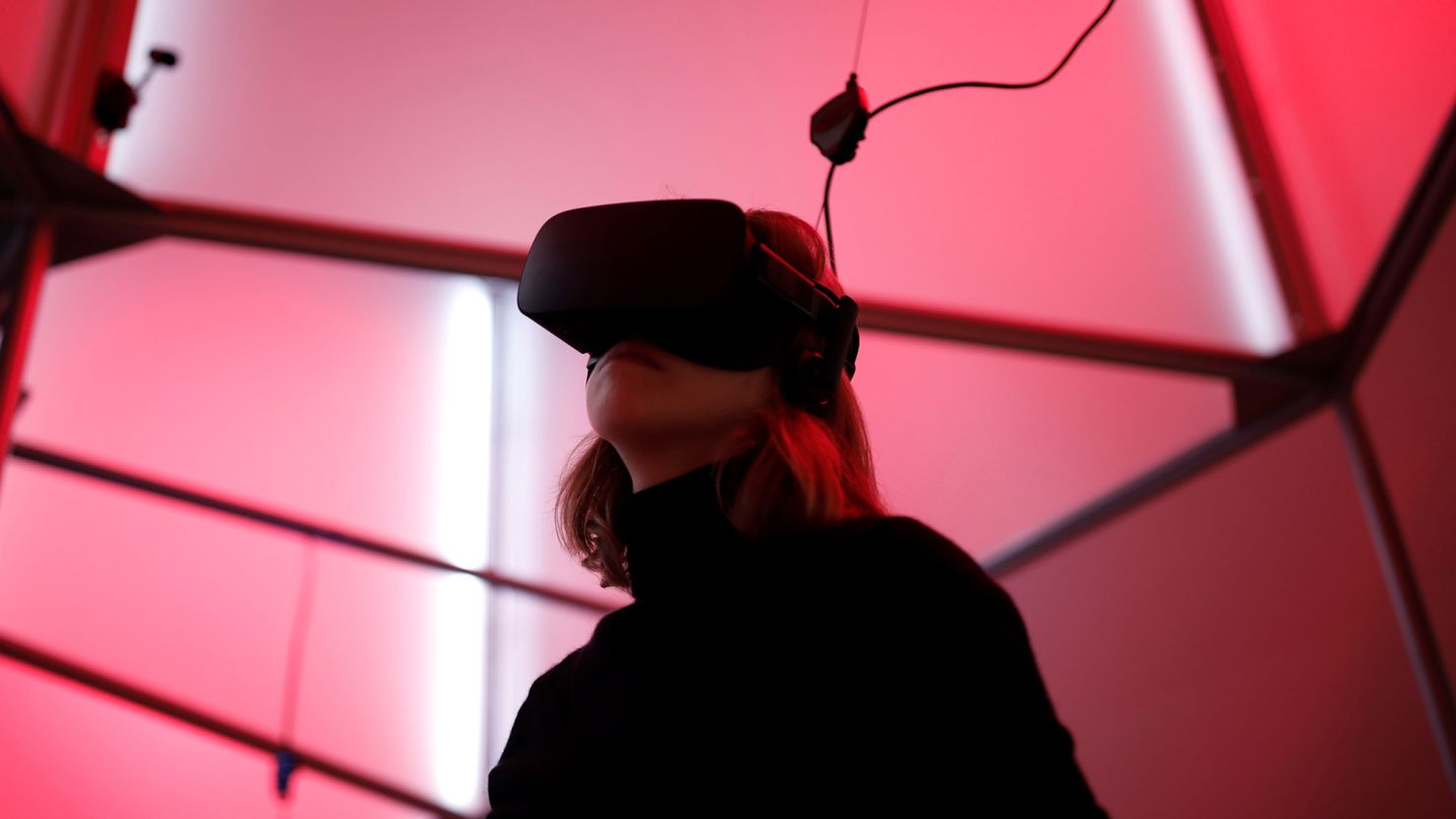Virtual reality (VR) is on the cusp of transformation, with major tech companies investing heavily in immersive entertainment. After a decade since the launch of the Oculus Rift, which was hailed as a game-changing device, the industry is now seeing renewed momentum. Companies like Meta and Apple are pushing for widespread adoption of VR content, signaling a potential breakthrough in the market.
In recent months, Meta has engaged in discussions with entertainment giants such as Disney and A24 to create immersive experiences for its Quest VR headsets. In June 2025, Apple introduced an upgrade to its Vision Pro headset, allowing users to share 3-D content, including movies, with others. Earlier this year, Apple also hosted an immersive concert featuring Metallica, reflecting its commitment to expanding the VR entertainment space.
The landscape has shifted significantly since the Oculus Rift’s debut, with manufacturers producing lighter and more powerful devices. Additionally, entertainment companies are starting to recognize the potential of VR as a new storytelling medium. Sarah Malkin, director of entertainment content for Meta’s VR division, expressed optimism, stating, “I think the ‘it moment’ is when you are regularly engaging in experiences in mixed reality that are super complementary and part of your integrated life.”
Headset Adoption and Market Dynamics
According to IDC, global shipments of augmented reality (AR) and VR headsets grew by approximately 10% in 2024, reaching 7.5 million devices. The US market saw an even more significant increase of nearly 30.8%, totaling 3.4 million headsets. Despite predictions of a downturn in shipments due to delayed product launches, IDC anticipates a substantial rebound by 2026, projecting a 98.5% increase in global shipments to 11.3 million.
Yet, the industry faces challenges. Meta’s ambitious vision for the Metaverse has resulted in a financial burden, costing the company $46 billion over three years, with Reality Labs reporting a $4.2 billion operating loss in Q1 2025. Despite this, companies are continuing to explore opportunities in VR. Meta has invested $3.5 billion in eyewear manufacturer EssilorLuxottica SA, while other firms like Snap and Google are developing their own AR and VR devices.
Content Creation and Future Potential
While prominent figures in the film industry, such as James Cameron and Sabrina Carpenter, are experimenting with VR, widespread adoption of immersive storytelling remains elusive. Industry consultant Jenna Seiden highlighted the need for tailored content, stating, “You can’t just take the flat version of what you put on Disney+ or Netflix and just throw that up.” She emphasized that successful VR content must be developed specifically for the platform to enhance viewer experience.
The sports industry has emerged as a promising avenue for VR engagement. Live virtual sports events can leverage immersive technology to attract audiences, as noted by Paul Raphaël, co-founder of Felix & Paul. “You already have quite a few events and sports being broadcast, whether it’s live or asynchronous,” he explained. This adaptability can help bridge the gap for audiences unfamiliar with VR.
As the media environment evolves, the advent of new distribution channels could provide a crucial lifeline for the entertainment industry. Jack Davis, co-founder of CryptTV, asserted that headsets could serve as a vital platform for premium content, particularly as traditional models face disruption.
Investment in VR has lagged behind other technological advancements, particularly those related to artificial intelligence and self-driving vehicles. Data from Crunchbase reveals that funding for AI and autonomous technology has surged from $39.96 billion in 2019 to $105.36 billion by 2025. In contrast, XR funding peaked at $4.087 billion in 2021 but fell to $347.69 million by 2025. Despite this decline, experts like Nepveu believe a shift is underway, as understanding of AI’s capabilities allows for renewed investment in XR technologies.
As tech giants continue to innovate, they face the challenge of convincing consumers of the value of VR headsets. Apple’s focus on positioning the Vision Pro as a spatial computing tool, rather than solely an entertainment device, underscores the need for a broader appeal.
Despite the uncertainty surrounding VR’s breakthrough moment, experts remain hopeful. Predictions vary, with some suggesting it could happen within a year, while others estimate a timeline of up to a decade. As Raphaël remarked, the way content is consumed is evolving, potentially rendering traditional formats as outdated as black and white films.
The stage is set for a renewed push in virtual reality, with significant investments and innovative content strategies paving the way for a new era in entertainment. As the industry navigates its complexities, the potential for immersive experiences could redefine how audiences engage with their favorite stories.




































































